A Kibbutz and Its Fullness
I was born and raised in Kibbutz Kfar Aza. Since the October 7 attack, I have uttered these words countless times, mostly in front of audiences offering to help me and my childhood friends rebuild what we once called home. We have called it home all these years, although most of us left it long ago. We call it home now, as it lies in ruins, a political spectacle, a museum of death. I say the words in English; in Hebrew, they are too painful, a reminder of what we lost.
In Hebrew, the words have the sound, the smell, the images of the green lawns after the first rain that promised a stroll in red boots with colorful umbrellas in what we called “the wadi,” a winter stream that we crossed on our way from the children’s house to our parents’ homes. These memories are always in plural: “we” are the people I have known ever since I knew myself. The memories, therefore, are not just mine. They are, to paraphrase S.Y. Agnon, of a kibbutz and its fullness.
Agnon’s A City and Its Fullness (sometimes translated less literally as A City in Its Fullness) is a posthumous collection of the stories he wrote about Buczacz, the town in Galicia in which he was born and raised. The earliest of these stories, “The Sign,” (Ha-siman) is not really a story about Buczacz; it is about the author’s attempt to remember it, after “the news reached us that all the Jews in my town had been killed” on the eve of Shavuot.
The news of what happened in Kfar Aza reached me in Baltimore on the eve of Simchat Torah. It was not yet clear that this would become world news when I first heard from my family in Kfar Aza that they were in their home shelters, hearing gunfire. But I never went to bed that night, and at the end of the following day, after learning who had lived (my father, sisters, brother, nephews, and nieces) and who had died (my beloved sister-in-law and more than sixty kibbutz members), I turned to Agnon to help make sense of that which my mind could not grasp. How could I remember my place and my people without contaminating the memories with the catastrophe that had just befallen us?
Midway through “The Sign,” Agnon tells us that he has a custom of reading the religious poetry of the great medieval poet Rabbi Solomon ibn Gabirol on the night of Shavuot:
I haven’t skipped a year. It goes without saying that I did it while I lived in Germany, where they like Piyyutim, but even here in the Land of Israel where they don’t say these poems, I haven’t done away with my custom. Even in times of danger, when the Arabs were besieging Jerusalem and machine-gun fire was flying over our heads, I didn’t keep myself from the House of Study where I spent most of the night, as has been done everywhere, in all generations.
So Agnon returns to the synagogue late in the evening, but he cannot stop thinking about his place and his people. Here, and indeed throughout the story, I cannot help but feeling that Agnon has left me a kind of sign, a suggestion for how to think and share the memories of a place and its people while still mourning their loss.
“Is it possible,” the narrator asks himself, “that a city full of Torah and life is suddenly uprooted from the world, and all its people, old and young, men, women and children are killed, that now the city is silent, with not a soul of Israel left in it?” How does one remember the city before its destruction? How does one keep those memories pure?
I closed my eyes so that I would not see the deaths of my brothers, the people of my town. It pains me to see my town and its slain, how they are tortured in the hands of their tormentors, the cruel and harsh deaths they suffer. And I closed my eyes for yet another reason. When I close my eyes I become, as it were, master of the world, and I see only that which I desire to see. So I closed my eyes and asked my city to rise before me, with all its inhabitants, and with all its Houses of Prayer.
I cannot close my eyes and become a master of the world; I cannot share the bravado of Agnon’s authorial genius. In fact, I do not even consider myself an author, but, as Ibn Gabirol guided Agnon, I allow Agnon to guide me. So I sit at my desk, close my eyes, and see Kfar Aza as it rises before me.
I see us working shoulder to shoulder in the small vegetable garden right next to our kindergarten, Gan Miriam. It is a happy day because the carrots that we planted are finally ready, and we are about to parade together to the kibbutz dining hall and bring them to red-headed Kitch (like so many other adults in Kfar Aza, the head of the kitchen was never called by his real name, which was Ya’akov). I see us, excited as we go through the dining hall. The adults in their work clothes stop their lunches to cheer us on.
Finally, we see Kitch, who is busy behind a mountain of boxes. When he turns his face to us, he is suspicious. Or at least he pretends to be as he looks at our big wheelbarrow and mocks us for bringing him something that must be useless. And then we show him the carrots and his red mustache seems to turn even redder above the big smile that lights his face. He is happy and so are we. He takes the carrots and disappears into his kitchen. Then he returns with ice pops and stories about Kfar Aza when it was young.
Those days of young Kfar Aza were full of mischief. Like when they all sat in Yona’s and Chupi’s room—which was what they called their little houses back then—on the only sofa they had and laughed so hard that it broke! Or how they once used a movie camera to make a Western they called The Magic Mustache, which, of course, starred Kitch’s red mustache.
Stories were there all around us, especially at bedtime. There were Ori’s dad’s stories in Gan Tamar, to which we sometimes went, already in our pajamas, because we, too, wanted to hear his hoarse voice reciting Kadya Molodowsky’s “The Life of a Coat.” And there was Amos Zifroni, the father of my roommates, the twins Alon and Tomer. I considered myself extremely lucky because Amos was not only a great storyteller but an ex-Palmachnik (and the oldest member of Kfar Aza), whose stories had a luster and allure that, as I would learn years later, was part of the unique culture of an entire generation.
Then came our turn to tell stories, which we told when the parents left the Children’s House and we were all by ourselves. I was the girl who didn’t fall asleep as quickly as the other kids, so I’d call all the kids who were still awake to my bed, and we’d invent stories and play make believe. We liked to stare at the brightly colored picture of a fair above my bed and imagine that we were there. We went up and down the carousel, tasted the ice cream, and pretended that the bliss that was our day continued late into the night.
Later, when we were in first grade, now the children of Kvutzat Tzabar (the sabra group), we decided that we were old enough to write and should write our own stories in a newspaper, which we called Tzabariko. The main editor and instigator was Aviv, whose stories and poems constituted most of the project. Years later, he would spend hours in the kibbutz archive recovering pieces of the puzzle of our memories, piecing them together into coherent stories.
Now, I close my eyes harder, trying, like Agnon, to see only what I desire to see, to forget that Aviv, whose family lived next to mine and who is ingrained in the image of my childhood, will no longer be there to dig up memories and narrate them for us. He was murdered with his wife and three children on October 7.
Aviv, our beloved Aviv: together, we would spend hours in front of our parents’ houses on Sabbath mornings, talking in secret code, digging holes in the ground to make what we called “smelly mud,” looking for mushrooms in the forest, hoping that the older kids from the Upper Neighborhood who would always get there first had left us some. And every year, between Rosh Hashanah and Sukkot, we built a kite (afifon) for the Afifonyada, Kfar Aza’s Kite Festival. We could never have guessed that decades later the festival would become Aviv’s baby, nicknamed the Avivonyada. If I close my eyes really hard, perhaps it will be possible to forget for a brief moment that this year it was scheduled to take place on Simchat Torah. A week later, the survivors would send those fragile messages of hope and peace to the sky in memory of the dead and with a prayer for the return of the hostages.
Year in, year out, our kites were sent to the skies that we shared with our neighbors, the people of Gaza. We also shared with them our name, Kfar Aza (Village of Gaza). For us, Gaza-Aza was a real place, with real people and real houses. In the years of the Oslo agreement, some of the houses in Gaza were replaced by tall buildings, making Gaza seem even closer. We grew up on stories of collaborations and mutual visits. The water in the wadi that we used to walk in on those winter days flows into Wadi Hanun near the city of Beit Hanun in the Gaza Strip.
As I write these lines, there are no civilians, neither in Kfar Aza nor in Beit Hanun. Unlike Agnon, I am sure my kibbutz will be full again, with its people and their stories. I hope and pray that Gaza, too, will be filled with its people, the children and grandchildren of the people with whom our parents lived side by side in the hope for peace.
Comments
You must log in to comment Log In
Suggested Reading

As Though the Power of Speech Were an Ordinary Matter
Moods provides glimpses into Yoel Hoffmann’s life in literature and his ambivalence about the project of capturing life in words.
The Kibbutz and the State
How the position of the kibbutz in Israeli society has changed, and why.
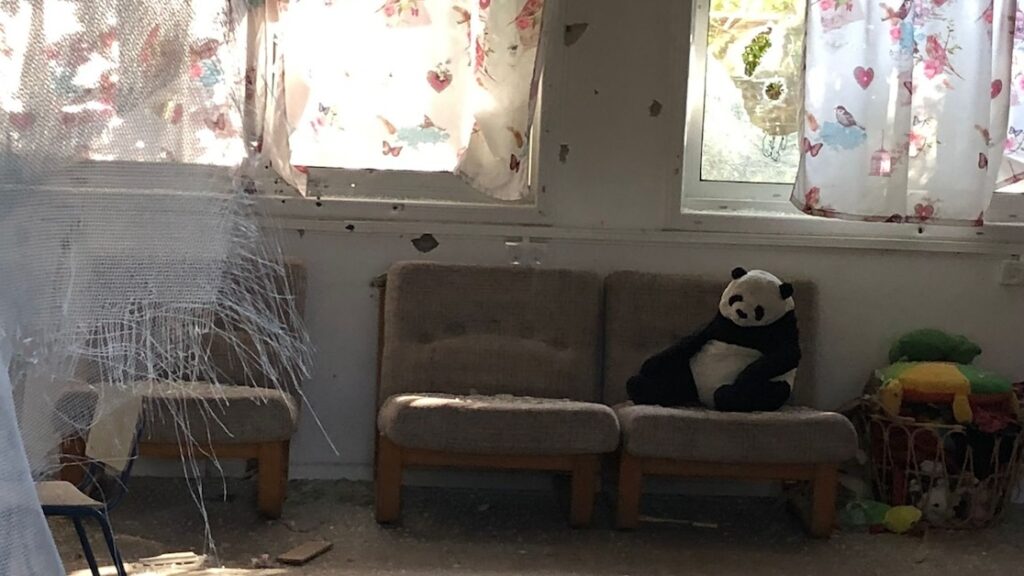
Kibbutz Be’eri, Chaos, and Creation
"Be’eri was not so much assaulted as disemboweled. After the massacre there were corpses everywhere—what is left now is the stuff of lives ripped out."
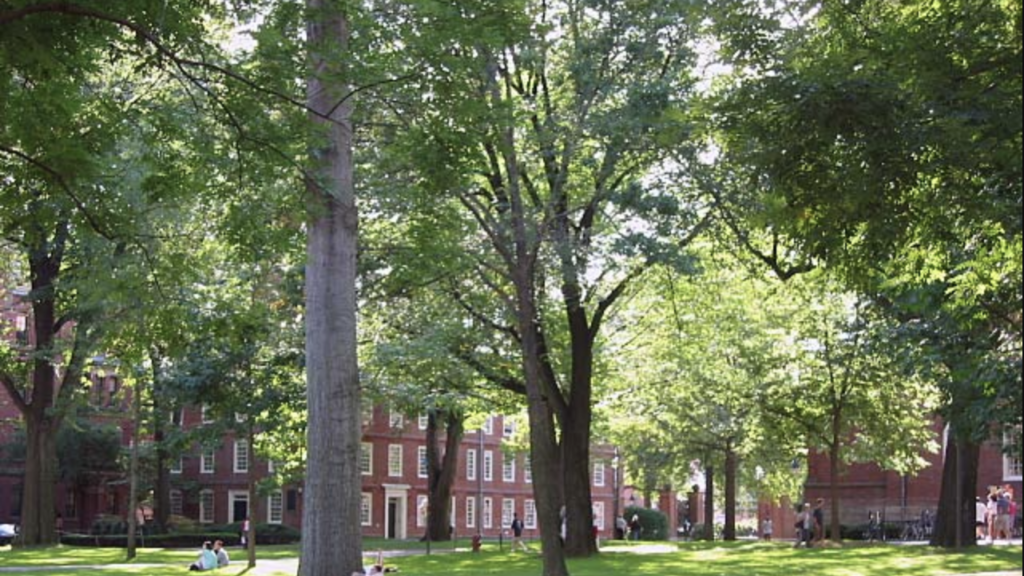
The Hebrew Teacher
After his baptism, Judah Monis observed the Christian Sabbath on Saturdays, giving rise to suspicion, and for 38 years taught mandatory Hebrew to rebellious students.
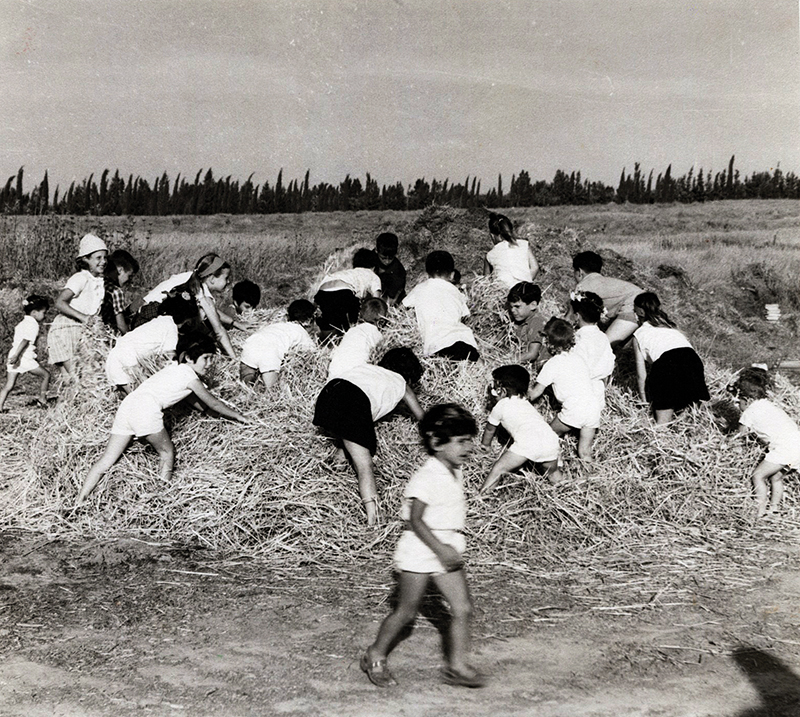
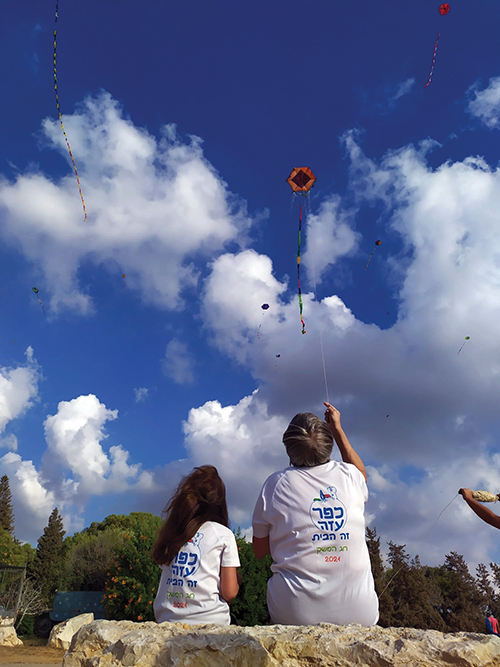
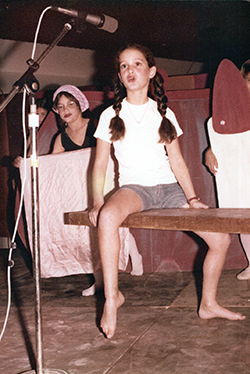
Michael Sanow
Thank you very much for sharing your thoghts and feelings.
I found it quite meaningful.
Mandi L Abrahams
Brave writing, much appreciated, thank you